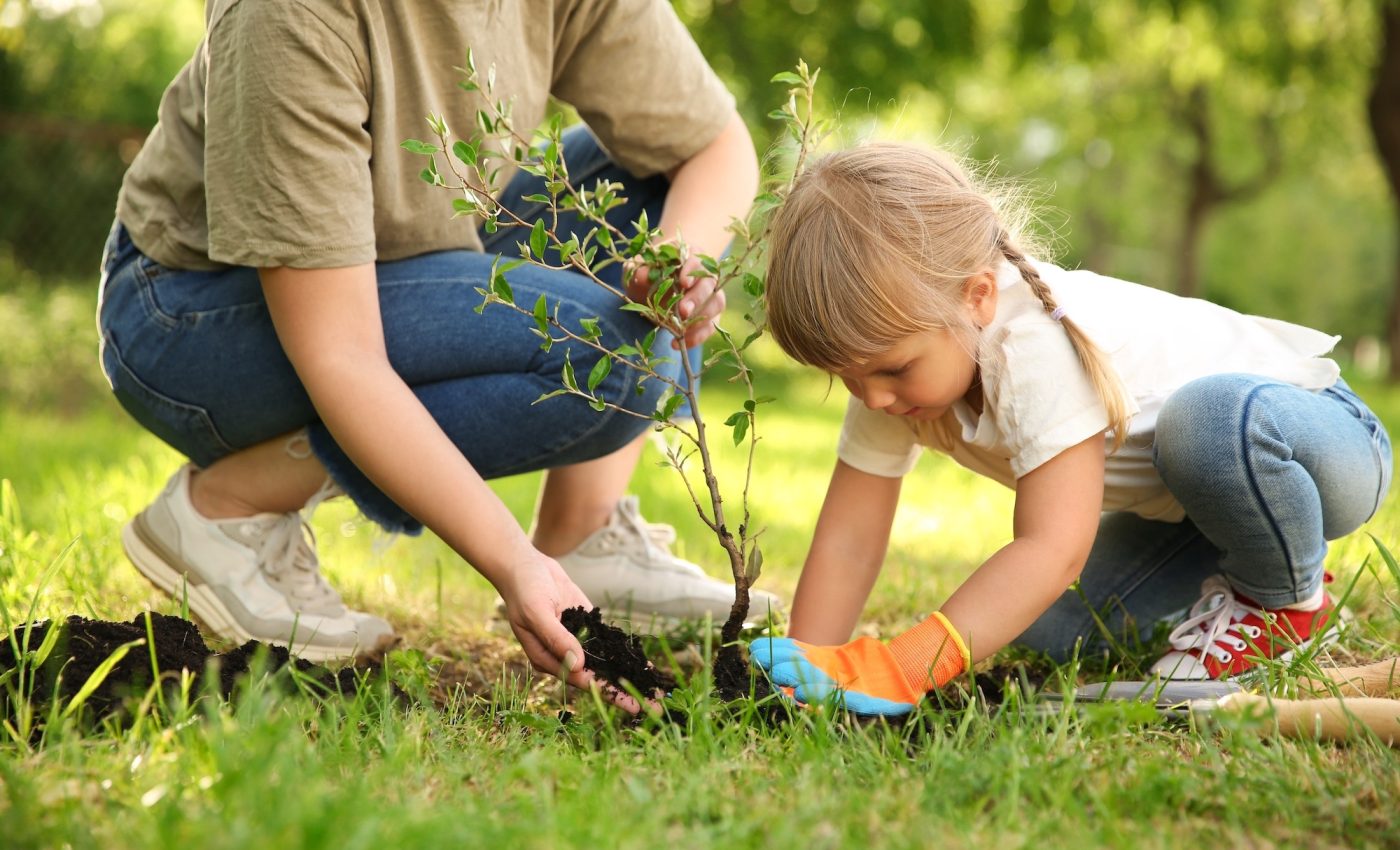
Planting new trees brings hope for healthier babies
We already know that living near trees, parks, and green spaces is good for pregnant mothers and babies – and now, new trees might matter just as much. Recent research adds another layer to our understanding about the health benefits of nearby greenery.
Scientists have found that even newly planted trees – not just mature ones – may improve birth outcomes. The study was led by researchers at Drexel University’s Dornsife School of Public Health.
Trees and birth outcomes
The researchers used a special dataset from Portland, Oregon. Between 1990 and 2020, the nonprofit group “Friends of Trees” planted more than 36,000 trees across the city. The team linked this information with birth data from the Oregon Health Authority, covering births from January 1, 2015, to December 31, 2020.
They recorded the number of new trees that had been planted within 100 meters (330 feet) of a mother’s home during the last 10 years. They also looked at existing tree cover and road density in those areas.
By controlling for other important factors like a mother’s race, body mass index (BMI), education level, and whether it was her first pregnancy, the researchers were able to focus on the impact of tree planting itself. Their findings showed a strong connection between increased number of trees and healthier babies.
New trees help babies grow stronger
Each tree planted within 100 meters of a mother’s home within the last 10 years was associated with a 2.3-gram (0.08-ounce) increase in birthweight. While this might sound small, the researchers stress that the impact adds up.
“Although there is benefit from well-established trees, we’re finding that newly planted trees are also associated with healthy birth weight,” said senior author Yvonne Michael, a professor and interim chair in the Dornsife School of Public Health.
“This is another data point showing that planting trees is a relatively easy and low-cost way to improve public health from the earliest stages of a life.”
Living near at least 10 trees was tied to about a 50-gram (1.8-ounce) increase in birthweight. However, the researchers noted that the benefit seemed to level off after reaching 10 nearby trees.
“Fifty grams may not seem like a lot, but if every baby in our sample gained 50 grams at birth, that means 642 fewer babies considered small for gestational age, and at higher risk for worse development later in life,” said Professor Michael. She explained that 2,879 babies in the study were diagnosed as small for gestational age.
The hidden power of older trees
While newly planted trees showed benefits, older trees might offer even more. The researchers suggest that mature trees may provide psychological comfort that newly planted ones cannot yet match.
Stress is a well-known risk factor for premature birth and other poor health outcomes. Older trees can create an environment of “soft fascination,” a calming effect described in previous studies. This kind of natural calm can counter the mentally draining features of urban buildings and infrastructure.
“It’s rare to have detailed information on large-scale tree plantings for research,” said Professor Michael. “Existing tree cover is often closely tied to factors like income, education, and race, making it difficult to fully account for other possible explanations when studying birth outcomes.”
“By focusing on newly planted trees, we were able to reduce the bias – essentially treating it as a natural experiment. Plus, we observed the improvements in birth outcomes after trees were planted, establishing temporal order.”
Trees and traffic pollution
The study also found that existing trees – but not new ones – helped reduce some of the negative effects of living near dense road networks. Older trees with developed canopies may do a better job blocking road noise and filtering out air pollutants, both of which can harm newborn health.
Interestingly, the researchers noticed that birthweights in the area generally decreased over the study period. However, they believe this decline was likely tied to external factors like rising temperatures and wildfire smoke, not to a lack of trees.
Their data also showed that race, education level, and the existing tree canopy were not linked to the locations where new trees were planted. This helps strengthen the study’s findings by ruling out some potential biases.
More trees, healthier babies?
While the study presents strong evidence linking tree planting to better birth outcomes, it is not absolute proof. The researchers point out that a randomized controlled trial would be needed to confirm cause and effect.
Still, the results offer some of the best real-world data we have so far. The new findings build on earlier studies by the same researchers, including a 2013 study that found the loss of millions of trees to an invasive pest was tied to more deaths from heart disease and respiratory illness.
This growing body of evidence suggests that planting trees isn’t just good for the environment – it could be one of the simplest ways to boost public health, starting before a baby is even born.
The study was published in the journal Science of the Total Environment.
—–
Like what you read? Subscribe to our newsletter for engaging articles, exclusive content, and the latest updates.
Check us out on EarthSnap, a free app brought to you by Eric Ralls and Earth.com.
—–













